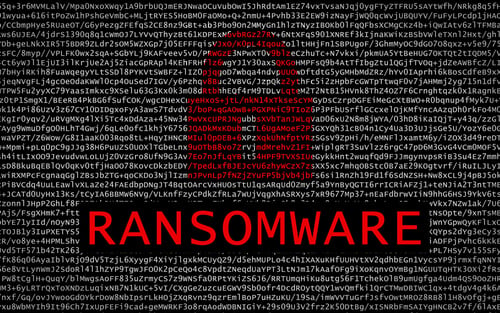Every developer should consider the security of the websites they design and manage. Internet hacking is on the rise, and clients are concerned about keeping their platforms safe. Learning how to cover the bases and make websites immune to cybercriminals can be simple. These tips are great for professionals looking to sharpen their skillset.
1. Protect your external links from vulnerability
When visitors to a website click on a link with a target=”_blank” command, then a new window or tab can open with access to window.opener. It can point to the window of the first page and be manipulated by individuals with nefarious intentions. To prevent this, add the rel=”noopener” that stops the window object from passing to the new window.
If you're building a website, then utilizing a platform like Bulma CSS can be beneficial. It makes coding easier by automating common commands, which saves you time and hassle. The Bulma platform is gaining popularity among developers as an effective and intuitive tool.
2. Update forms for compatibility with browsers
Site visitors can enter sensitive personal data (or PII) such as their full name, address, and credit card information through a form. Forms are often targeted by hackers for this reason. Stop them in their tracks by not using static IDs on your forms. Static IDs are easy to find, especially on old browsers. Ideally, you want your forms to stay secure across every type of browser on both desktop and mobile devices.
Bulma CSS can enhance security testing because it is ultra-responsive and modular. You can complete any edit to a website without affecting its existing framework or burdening the code. Developers are surprised to discover that the Bulma framework can help them upgrade websites in a flash. Better yet, any changes integrate seamlessly with mobile devices to give clients peace of mind across a wide spectrum.
3. Safeguard sensitive CSS content
Professionals often hide content with the “display,” “opacity,” “visibility,” and “transform” commands. However, if the content contains sensitive information, then it shouldn’t be hidden. Many hackers are intelligent enough to unearth all the content on a webpage, even if it’s not visually prominent. Developers can learn different methods of creating a website through the tutorials and documentation that is included in the Bulma CSS framework. This training is free along with the Bulma CSS platform itself, so there is no reason to avoid this extra step of professional development to ensure clients receive a top-notch website.
4. Use pointer-events wisely
Pointer-events determine which elements on a website are the target of mouse events. Developers can separate an element from interaction with the mouse with the “pointer-events: none” command. This action is not enough to block nefarious actors, however. A better approach is to control the behavior of the mouse through back-end development.
5. Check website widgets
Website widgets are available in many varieties and are an excellent way to add character to a website. Since developers obtain widgets from third parties, it is necessary to tinker with them to be sure that they won’t compromise security or spread a virus. Developers can use the sandbox attribute to customize the activity of a widget along with flags like "allow-forms" or "allow-popups."
6. Be thorough with validation
Developers should complete an extensive check of a website before marking it complete. This process should be conducted carefully. There are myriad ways to build an eye-catching and well-functioning website; similarly, a security check can be conducted from many angles. Browser validation of user inputs is helpful, as well as HTML properties that can create a base layer of validation. Server-side validation is less common but nonetheless necessary. In fact, the first two steps are mere filtering compared to an examination of the back-end properties of a project. Those who go beyond a local security check are ahead of the curve in protecting websites.
Developers who follow this HTML and CSS security checklist can help prevent hacking incidents for their clients. And these six tips can make you a shining star in your industry.





